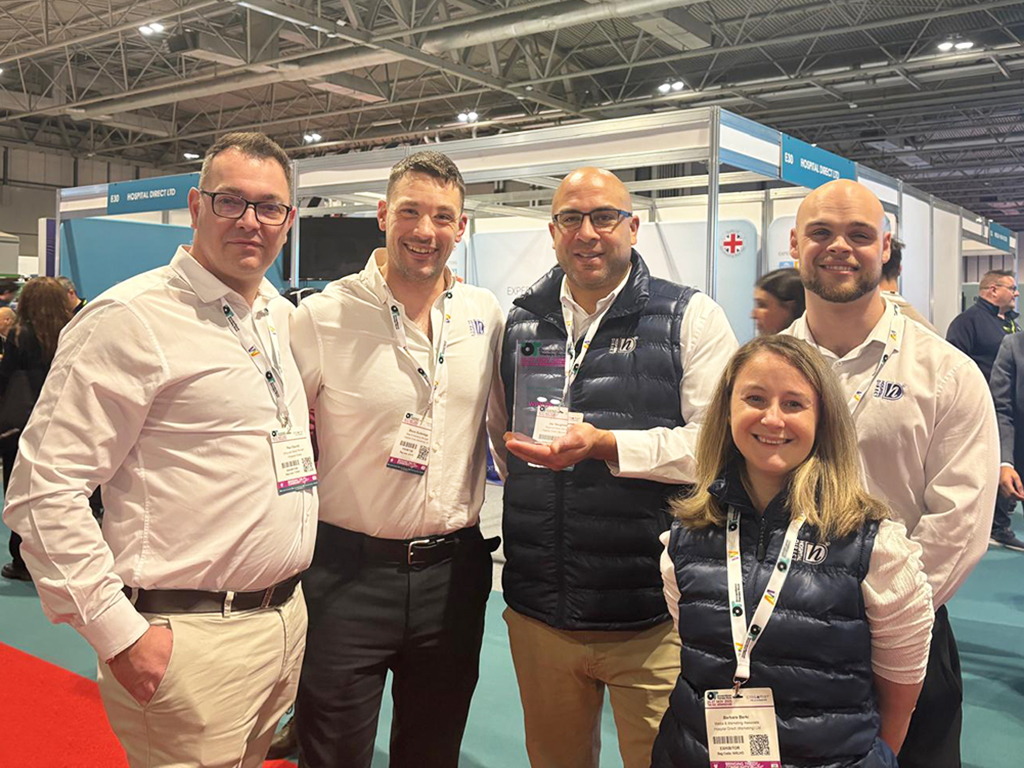All around the countryside are ponds that have been dug to drain roads and housing estates, reservoirs created to supply drinking water. Even well-established lakes often have a history of being used to store fish for monasteries, power mills or as play grounds for the aristocracy. These are engineered water bodies, with human finger prints all over them.
Where in the county can one find truly ‘wild water’? Driving north through Shropshire, a flat landscape greets the eyes. This part of the county is peppered with meres (pools) and mosses (raised peat bogs). These were created at the end of the last ice age by a melting glacier. This makes the Shropshire meres rare examples of entirely natural pools. They are of international importance for nature conservation.
It is said that on windy nights when the moon is full, bells can be heard ringing from beneath the water.
Colemere is almost completely surrounded by mature trees. Staring into the dark deep water, there is a strange sense of calm. The only movement is a gentle lapping against the shore. What mysteries lie beneath the oily depths? It is said that on windy nights when the moon is full, bells can be heard ringing from beneath the water.
On the far side of the mere, a Great Crested Grebe is fishing near a tree which has fallen into a watery grave. Growing around the edge of the mere are plants such as Purple Loosestrife. These marginal plants create useful perching points for an incredible group of insects.
Odonata is the scientific name for dragonflies and damselflies. Dragonflies rest with their wings open, whilst damselflies rest with their wings closed behind the back. The nymphs of these insects live underwater for up to 5 years. They feed on aquatic invertebrates and grow bigger and bigger. When they reach a certain size, they climb onto a plant and hatch as a winged adult.
Running water creates much more dynamic habitat conditions for wildlife. A good place to see running water which still feels raw and unharnessed is by following one of the tributaries of the mighty River Severn. The Cantern Brook flows through Bridgnorth under a tangle of hazel, ash, oak and hawthorn. At this time of year, the stream is low and flows through areas of exposed mud and shallow pools of water. When the first autumn winds rattle the branches and the rains arrive, the brook quickly floods. At full spate, it carries branches and deadwood and deposits them in the channel.
These strange-looking creatures live in the mud at the bottom of pools and breathe through a snorkel.
The dappled sunlight along the brook creates perfect conditions for hoverflies. These wonderful insects can be seen hovering perfectly still in mid-air, scanning the area with their huge compound eyes. I can see one distinctive species that has a very slender waist. This is Sphegina Clunipes, a specialist of wet woodland. Other Hoverflies mimic wasps and bees in an attempt to prove unattractive to predators. Some hoverfly larvae are known as ‘rat-tailed maggots’. These strange-looking creatures live in the mud at the bottom of pools and breathe through a snorkel (or ‘rat-tail’).
September is the peak month for Daddy Longlegs or crane flies. Our local dingle woodlands, such as Cantern Dingle, are important sites for some very rare species of crane fly. One has even been named the ‘Telford Crane Fly’ because of the importance of local sites. The ‘Telford Crane Fly’, along with a suite of hoverflies and other invertebrates, depend entirely upon the piles of deadwood in the stream. This is where their larvae live. As ‘wild waters’ have declined, waterways have been tidied and log jams removed, these wonderful creatures have disappeared. Similarly, as banksides are tidied and marginal vegetation is lost, damselfly and dragonfly habitat is destroyed.
People generally do not feel much empathy for invertebrates and the loss of hoverfly habitat does not evoke as much public outcry as deforestation and the associated loss of ‘cute and furry’ animals. However, invertebrates are absolutely crucial to the survival of the world as we know it. Hoverfly larvae eat aphids and crane fly larvae eat mosquito larvae, so both play an important role in pest control. Hoverflies are important pollinators. Invertebrates are also a vital stage in many food chains. I think David Attenborough sums it up beautifully with the following quote:
“Were mammals to disappear from the earth, the forests and their myriad invertebrate inhabitants would continue to flourish as they have done for more than 4 million years. But were those invertebrates to disappear, the earth’s ecosystems would collapse.”
The blow of the north wind brings the icy fingers of autumn and winter ever closer. For many of our flying invertebrates, this will signal the end of their life. So make the most of September, get out there and witness the shimmering emerald dance of a damselfly along the edge of a mere.
Do one thing for wildlife this month:
Ponds are great ‘nurseries’ for invertebrates such as damselflies, dragonflies and hoverflies. They are also wonderful places for birds to drink and bathe and spaces for amphibians to breed. They make a wonderful addition to any wildlife garden. September is a great time to dig your own pond. The water should settle and clear over autumn and winter ready for planting up in late spring with lots of marginal plants. One of the most important design considerations is to have one edge of the pond gently sloping down to the waters edge, to allow access for animals.





